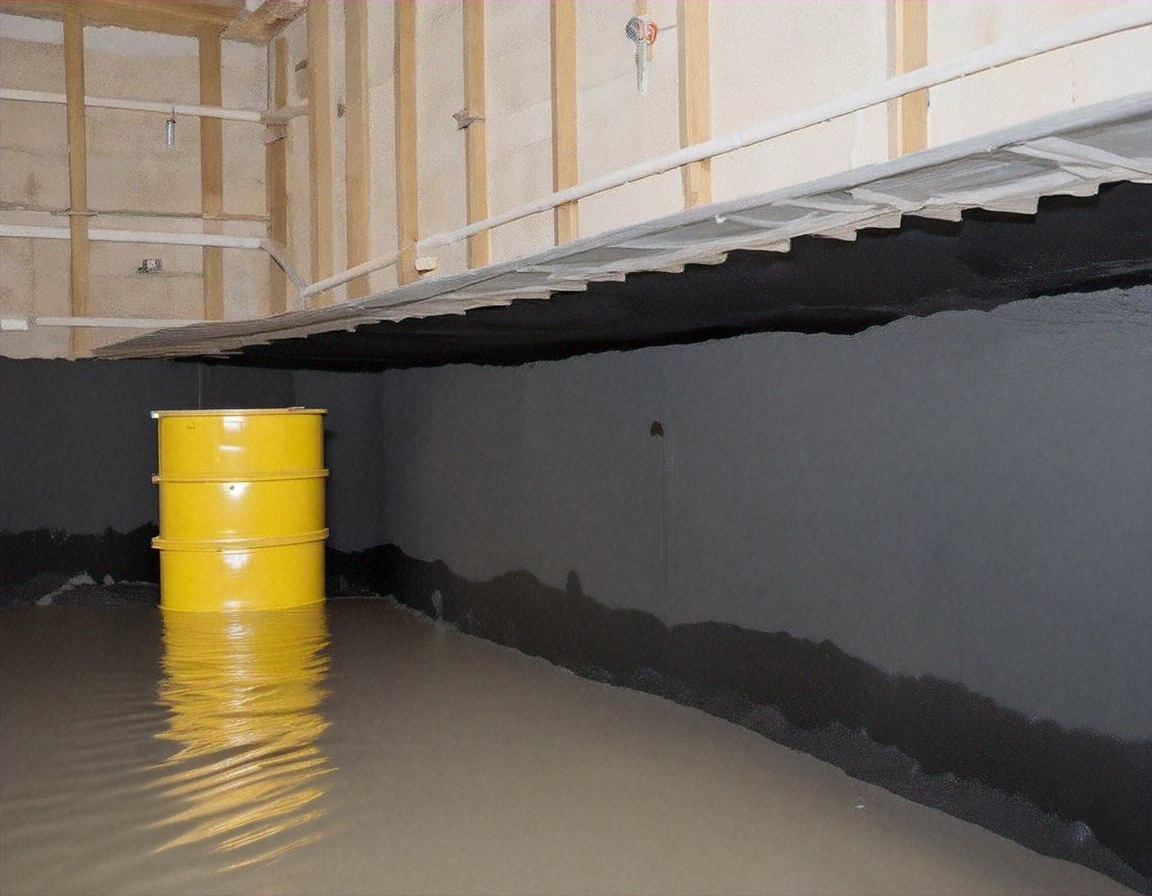Inside the New Wave of Holographic Technology: A Leap Beyond Screen Boundaries
A new age is dawning in the realm of visual technology. No longer are we bound to the confines of flat, two-dimensional screens for our digital experiences. Holographic technology is leaping forward, promising to bring us closer to the sci-fi future we've been dreaming of for decades.

Background: An Evolution Spanning Decades
Holography’s history dates back to the mid-20th century when Hungarian-British physicist Dennis Gabor first developed the concept. The invention of the laser in the 1960s propelled it into practicality, allowing for the creation of the first true holograms. Since then, the technology has seen steady, albeit slow, progress.
In recent years, however, the pace of development has quickened, driven by advances in computation and display technologies. Holograms have moved beyond mere novelty, finding applications in fields as diverse as medical imaging, data storage, and entertainment.
The Present: A New Wave of Holographic Tech
Today, we’re seeing a renewed surge of interest and development in holographic technology. Driven by tech titans like Microsoft and startups like Looking Glass Factory, new products are hitting the market that promise to make holograms a part of our everyday digital lives.
Microsoft, with its HoloLens 2, has created an augmented reality headset that overlays digital holograms onto the real world. Meanwhile, Looking Glass Factory is taking a different approach, with a range of desktop holographic displays that allow for the creation and viewing of 3D content without the need for any sort of wearable tech.
The Potential Impact: A Shift in How We Experience Digital Content
The implications of this new wave of holographic tech are significant. It has the potential to fundamentally alter how we engage with digital content. Gaming, entertainment, design, and education are just a few of the areas that could be revolutionized by the ability to interact with 3D holographic images.
Holography also promises to make our digital interactions more natural and intuitive. As humans, we live in a three-dimensional world, yet our digital experiences are largely confined to two dimensions. Holographic technology offers the possibility of breaking free from this constraint, allowing us to engage with digital content in the same way we engage with the physical world.
The Price Tag: Accessibility and Market Impact
One of the challenges for the widespread adoption of holographic tech is the cost. HoloLens 2, for example, retails for $3,500. However, as with any new technology, prices are likely to fall as the technology matures and economies of scale kick in.
The market for holographic displays is projected to grow significantly in the coming years. According to a report by MarketsandMarkets, the holographic display market is estimated to reach $3.57 billion by 2020, exhibiting a compound annual growth rate (CAGR) of 30.23% between 2015 and 2020.
The Future: A World Beyond Screens
As we look to the future, it’s clear that holography has the potential to reshape our digital lives. We’re on the cusp of a world where screens are obsolete, replaced by holographic displays that offer a more natural, immersive way to interact with digital content.
The path to this future is not without challenges. Holographic tech is still in its early stages, and there are technical hurdles to overcome, not least the creation of full-color, high-resolution holograms that can be viewed from any angle. But with the pace of innovation accelerating, it’s a future that seems increasingly within our grasp.
In conclusion, while holographic technology might not be in every home and office just yet, the advancements being made are setting the stage for a future where it could be commonplace. It’s an exciting time to be a part of the tech world, as we watch the boundaries between physical and digital reality blur, and a new era of visual technology emerges.




